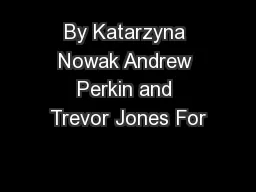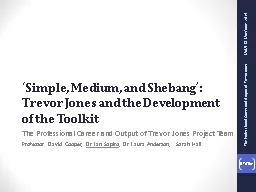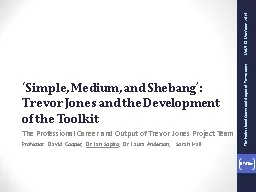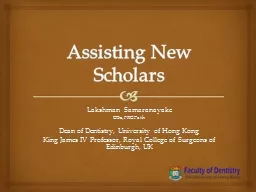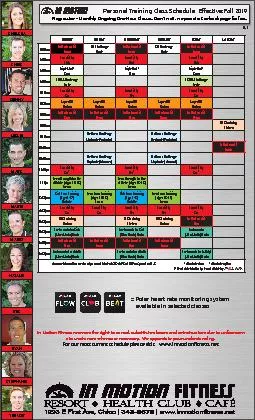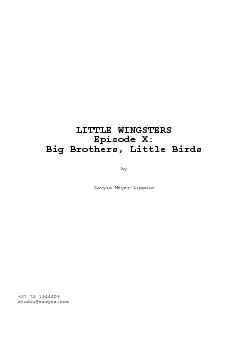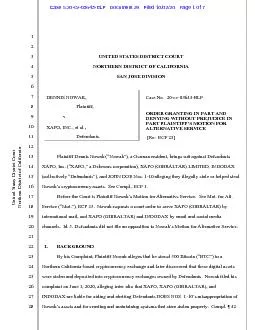PDF-By Katarzyna Nowak Andrew Perkin and Trevor Jones For
Author : debby-jeon | Published Date : 2015-05-17
Recent surveys found that the conservation status of this flagship species and its habitat on these islands is critical and requires immediate action Reported poisoning
Presentation Embed Code
Download Presentation
Download Presentation The PPT/PDF document "By Katarzyna Nowak Andrew Perkin and Tre..." is the property of its rightful owner. Permission is granted to download and print the materials on this website for personal, non-commercial use only, and to display it on your personal computer provided you do not modify the materials and that you retain all copyright notices contained in the materials. By downloading content from our website, you accept the terms of this agreement.
By Katarzyna Nowak Andrew Perkin and Trevor Jones For: Transcript
Download Rules Of Document
"By Katarzyna Nowak Andrew Perkin and Trevor Jones For"The content belongs to its owner. You may download and print it for personal use, without modification, and keep all copyright notices. By downloading, you agree to these terms.
Related Documents

